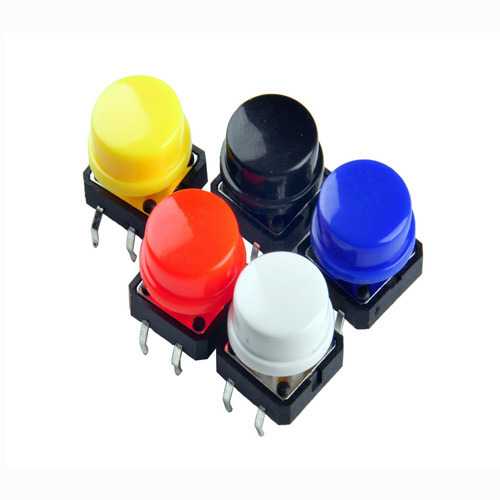Push buttons
Home / Push buttons suppliers
Push Buttons Suppliers
Push buttons can be explained as simple power controlling switches of a machine or appliance. These are generally metal or thermoplastic switches that are intended to grant easy access to the user. The idea of electric circuits is that the electricity should be able to flow uninterrupted through multiple wires and components. However, circuits that are always complete aren’t as useful as the ones that work only when required.
Push buttons are switches that are either concealed inside machinery or plugged in. In layman’s terms, they can be seen and used. The push button switches consist mainly of two types – momentary and non-momentary. These switches are ordinarily used in calculators, push-button telephones, kitchen appliances, magnetic locks, and several other mechanical and electronic devices used across homes or industries.
The design of the push button is such that it can accommodate a human finger to control the system easily. For machinery with complicated operations and various buttons, there are donations for separate colours of the push button. This enables users to identify what function the switch is bound to perform. For our daily applications, there are scarce guidelines for the colour of the button, since only a few of them are common across multiple industries. For example, the red button frequently functions as the power button, while yellow indicates a pause. For industrial applications like machinery, the colour meanings are more firmly defined in international standards.
With the inception of the Internet of Things in computational technology, industries have widely enhanced their operations. The collaboration of software with hardware components like switch buttons facilitate better control and information-driven decisions. Machine control systems bring sufficient energy saving options to assist in fixing the human error factor in industrial operations.
advanced process control system address all aspects of advanced process control and optimisation, from improving regulatory loop control to globally optimising the entire process using a unique layered approach. This model allows new technologies to be easily added at any time to a common platform that meets optimisation objectives without compromising on future opportunities to improve business performance.
The extensive control yielded by buttons mandates a scope of operation. The future situation may not support manual operations as of now, as permitted by push buttons. Therefore, the workforce shall be well-versed with automation training as well.

